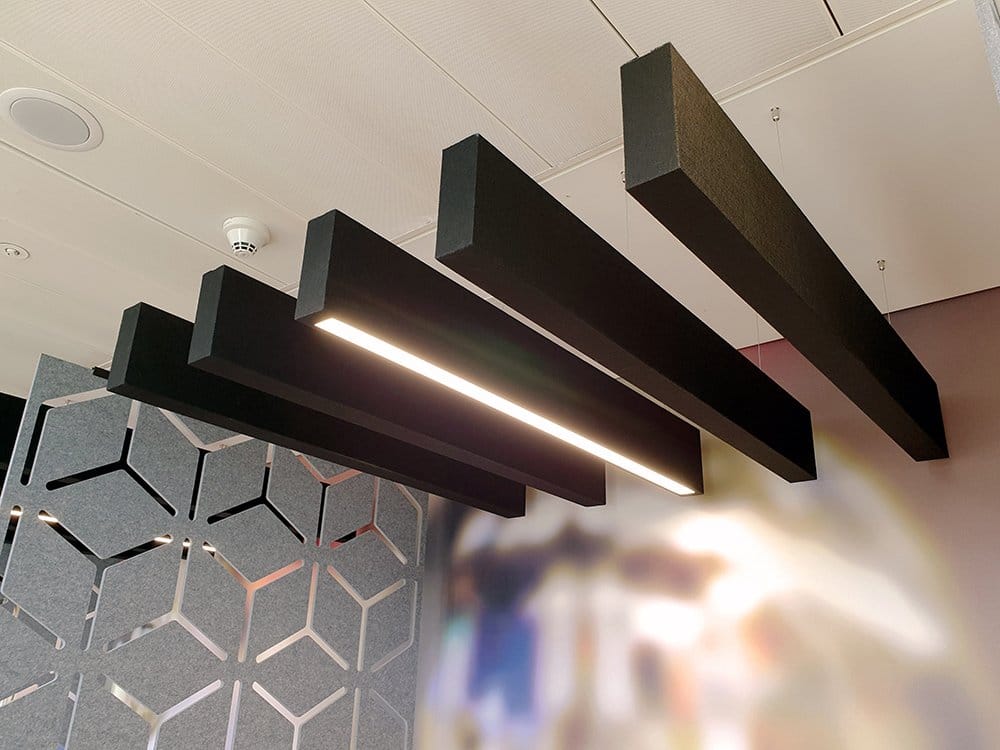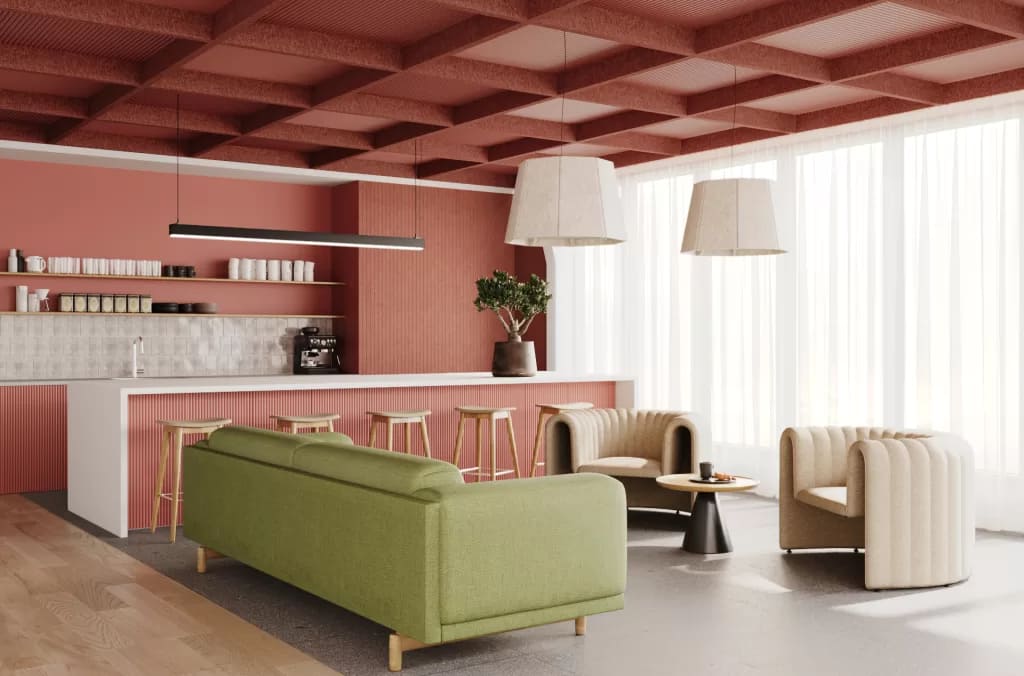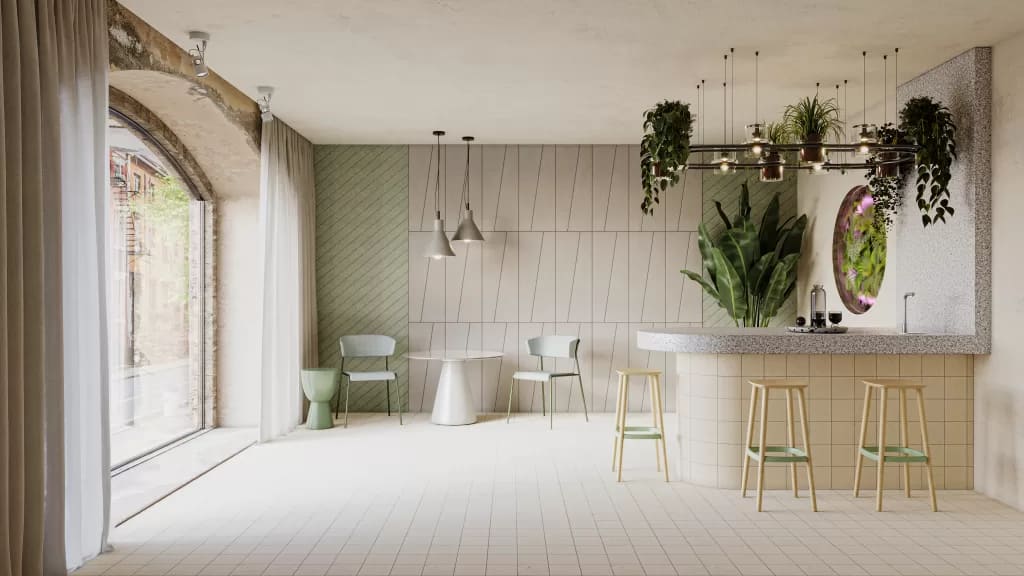In the ever-evolving landscape of modern workplaces, sustainability has emerged as a critical concern. With increasing awareness of environmental issues and the need for energy efficiency, businesses are reimagining their office spaces to align with eco-friendly principles. Technology plays a pivotal role in driving this transformation towards sustainable office design.
Sustainable Office Design
Sustainable office design revolves around creating work environments that prioritise the well-being of both occupants and the planet. This approach encompasses various elements, including energy efficiency, waste reduction, and promoting a healthy indoor environment. By integrating sustainability into office design, businesses can not only reduce their environmental footprint but also enhance employee productivity and satisfaction.
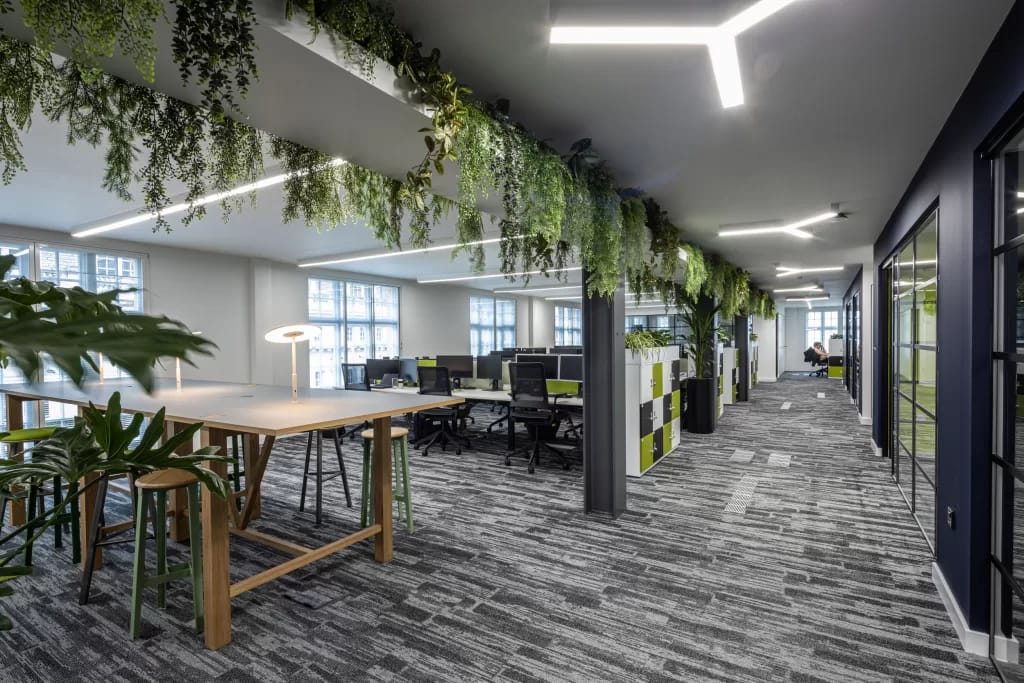
The Impact of Technology
Technology serves as a catalyst for innovation in sustainable office design. From smart building systems to energy-efficient devices, technological advancements offer a myriad of solutions to address environmental challenges. Here’s how technology influences different aspects of sustainable office design:
Energy Efficiency: One of the primary objectives of sustainable office design is to minimise energy consumption. Technology enables this goal through:
Smart Lighting Systems: Utilising sensors and automation, smart lighting systems adjust illumination based on occupancy and natural light levels, reducing energy waste.
Building Management Systems (BMS): BMS integrates various building components, such as HVAC (heating, ventilation, and air conditioning) systems and lighting, to optimise energy usage and maintain indoor comfort.
Renewable Energy Solutions: Incorporating solar panels, wind turbines, or geothermal systems allows offices to generate clean energy onsite, reducing reliance on fossil fuels.
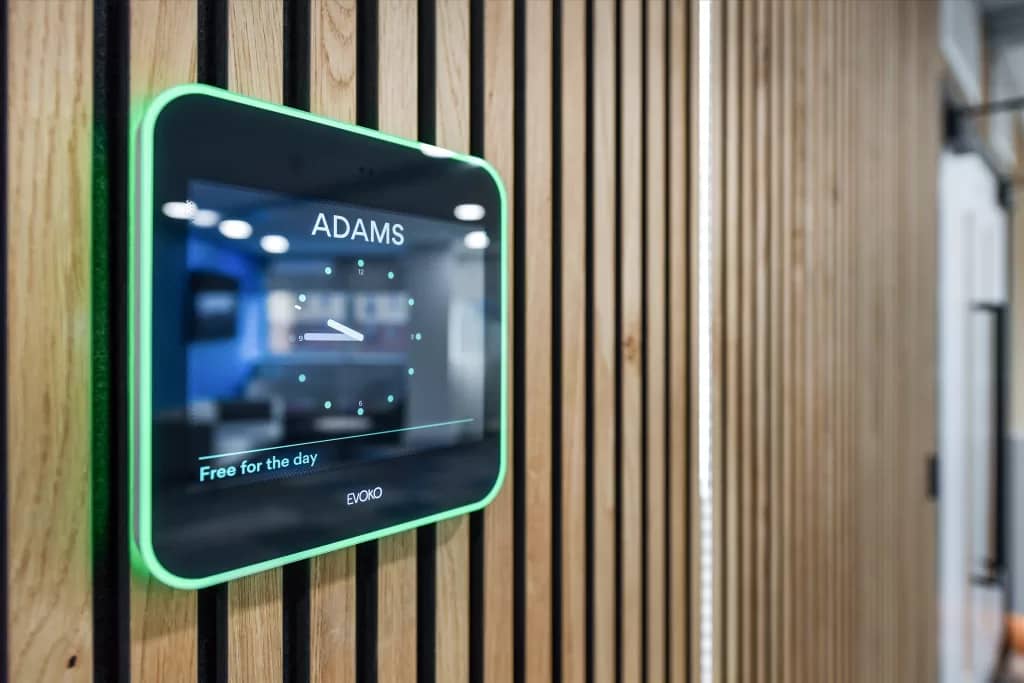
Indoor Environmental Quality
Creating a healthy indoor environment is crucial for employee well-being and productivity. Technology contributes to this by:
Air Quality Monitoring: IoT (Internet of Things) sensors monitor indoor air quality in real time, enabling prompt adjustments to ventilation systems to maintain optimal conditions.
Biophilic Design: Technology facilitates the integration of biophilic elements, such as living walls and indoor gardens, which enhance indoor air quality and promote a connection with nature.
Noise Reduction Solutions: Acoustic panels and sound masking systems, powered by advanced algorithms, mitigate noise pollution in open office layouts, improving concentration and productivity.

Waste Reduction and Recycling
Efficient waste management is integral to sustainable office design. Technology aids in waste reduction by:
Smart Waste Bins: Equipped with sensors and RFID (Radio-Frequency Identification) tags, smart waste bins facilitate automated sorting and recycling of waste, minimising landfill contributions.
Digital Documentation: Embracing paperless practices through digital documentation and cloud storage reduces paper waste and streamlines information management processes.
Circular Economy Solutions: Technology platforms enable businesses to implement circular economy principles by facilitating the reuse, refurbishment, or recycling of office furniture and equipment.
Case Studies: Leading the Way in Sustainable Office Design
Several pioneering companies have embraced technology-driven sustainable office design principles:
Google’s LEED-Certified Headquarters: Google’s offices feature advanced building management systems, renewable energy installations, and innovative workspace designs that prioritise employee comfort and environmental sustainability.
Microsoft’s Net-Zero Campus: Microsoft is developing a net-zero carbon campus powered by renewable energy sources and incorporating biophilic design elements to create a regenerative environment.
Siemens’ Smart Infrastructure Solutions: Siemens offers smart building solutions that optimize energy efficiency, enhance occupant comfort, and enable predictive maintenance, showcasing the potential of technology in sustainable office design.
Future Outlook
As technology continues to evolve, the possibilities for sustainable office design are limitless. Emerging innovations, such as AI-driven building analytics and 3D-printed sustainable materials, hold promise for further advancing environmental sustainability in the workplace. Additionally, the integration of virtual reality (VR) and augmented reality (AR) technologies can revolutionise the design and visualisation process, enabling stakeholders to experience sustainable office concepts in immersive digital environments.
In the quest for sustainability, technology emerges as a powerful ally in reshaping office spaces for the better. By harnessing the capabilities of smart systems, renewable energy solutions, and innovative design practices, businesses can create workplaces that not only minimise their environmental impact but also foster employee wellbeing and productivity. As we embrace the fusion of technology and sustainability, the future of office design holds immense potential to redefine the way we work and interact with our environment.
